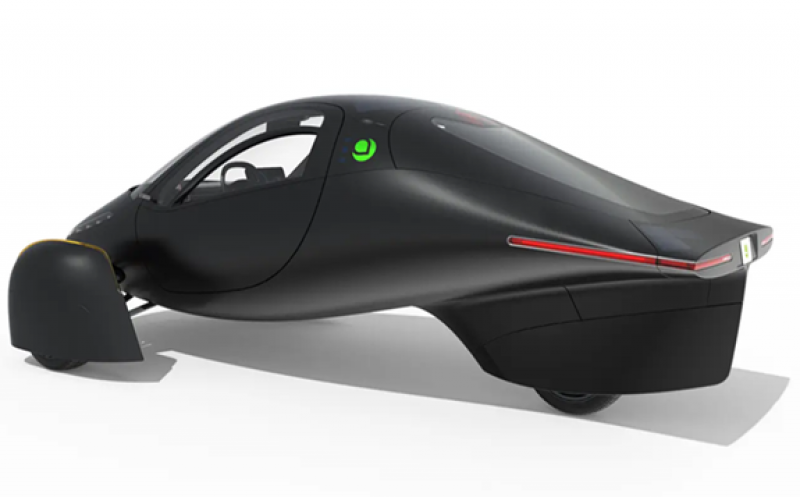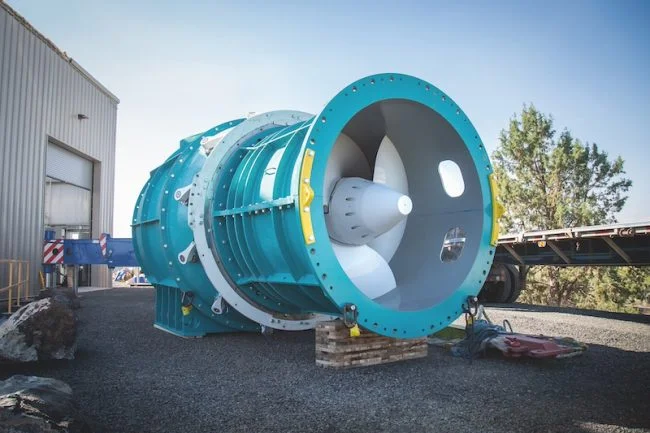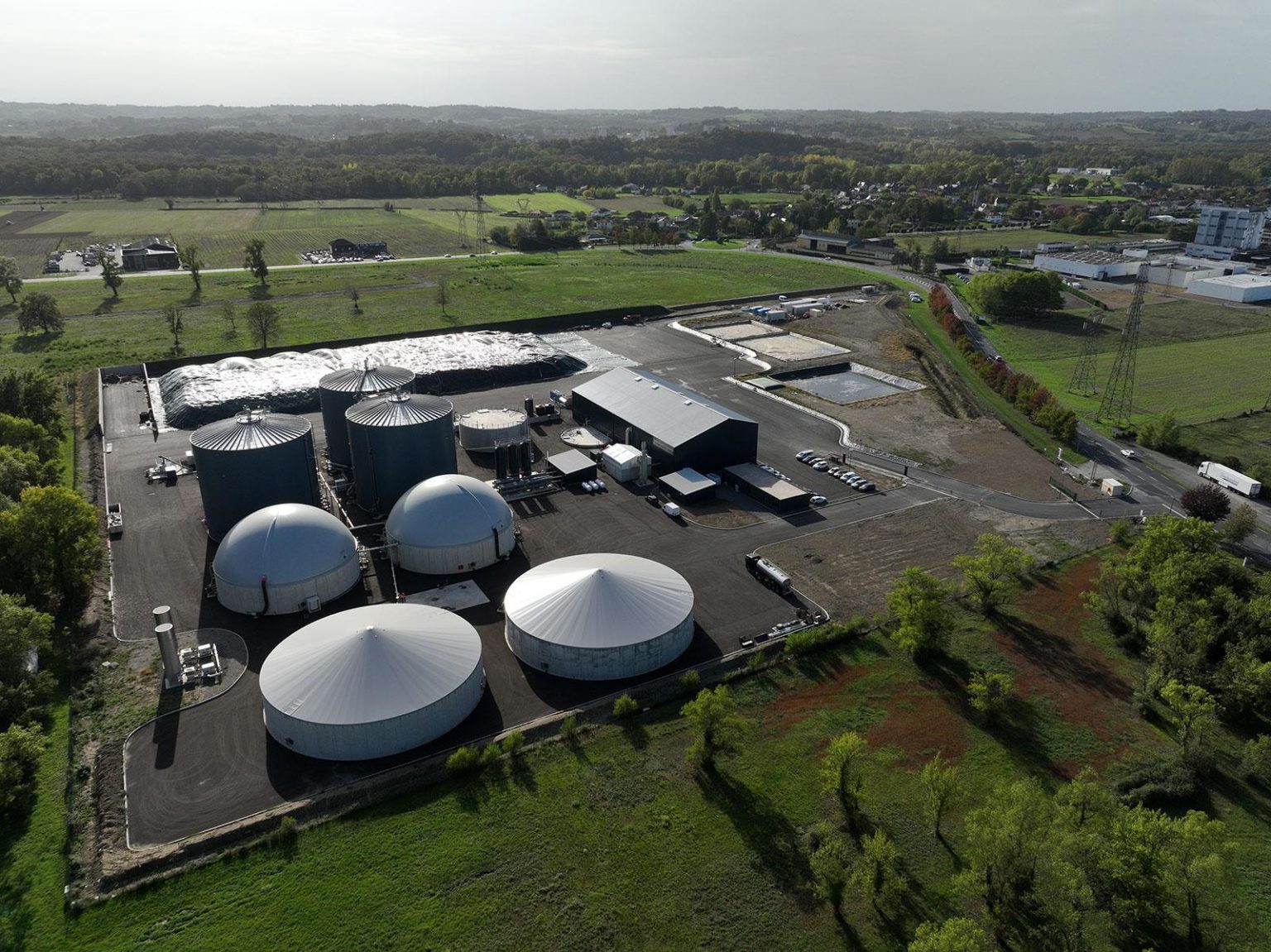Despite a promising beginning in the mid-2000s, Californian fuel-efficient vehicle company Aptera Motors closed its doors in 2011, failing to deliver more than a prototype of a car that could run 100 miles on a single charge. Now, believers in Aptera Motors can see that vision finally fulfilled as the company officially launched the first never charge solar electric vehicle (sEV). Leveraging 3D printed metal parts, Aptera has also solved key challenges allowing for rapid, high-volume, and cost-efficient vehicle production – having just four main pieces.
The Aptera sEV requires no charging for most daily use and boasts a range of up to 1,000 miles per full charge, shattering industry performance achievements to date. Aptera leverages breakthroughs in lightweight structures, low-drag aerodynamics and cooling, material science, and manufacturing processes to deliver the most efficient vehicle ever made available to consumers.
“With Aptera’s Never Charge technology, you are driven by the power of the sun. Our built-in solar array keeps your battery pack topped off and anywhere you want to go, you just go,” said Co-Founder Chris Anthony. Never Charge is built into every Aptera and is designed to harvest enough sunlight to travel over 11,000 miles per year in most regions. The Aptera vehicle is made of lightweight composites that are many times stronger than steel, allowing its unique body shape to slip through the air with an unheard-of drag coefficient (Cd) of .13.
Aptera’s low drag gives it the longest range of any production vehicle ever created – achieving up to 1,000 miles per charge and unburdening drivers from frustrating range anxiety. Integrated solar can be configured to provide up to 45 miles of range per day with over 3 square meters and 180 efficient solar cells designed into the body structure. This makes Aptera the first vehicle capable of meeting most daily driving needs using solar power alone.

Liquid-cooled electric motors propel Aptera from 0-60 in as fast as 3.5 seconds, with a top speed of 110 mph. All-wheel drive and vectorized torque control give Aptera comfort, stability control, and the ability to handle inclement weather. Adjustable settings built into Aptera’s user interface keep drivers updated with ways they can conserve energy and extend range in real time.
Aptera is available to pre-order at www.aptera.us beginning at 4 p.m. PST on Dec. 4. For a refundable fee of $100, customers can reserve one of a limited number of special edition Paradigm and Paradigm+ vehicles, which will be the first produced in 2021. They can also design and customize their own Aptera and choose ranges of 250, 400, 600, or 1,000 miles in both AWD and FWD packages. Pricing is between $25,900- $46,900+.
3dpbm first covered the company’s return to business in 2019, when Aptera rose again and put forth the concept for a vehicle that could reach 1,000 miles of range on a single charge.
The vehicle, characterized by its three-wheel structure, leveraged a number of newer technologies, which did not play a significant role in the company’s first planned vehicle. Among these technologies is metal 3D printing, which will enabled the automaker to keep the electric vehicle’s (EV) weight down, thus increasing efficiency.
Aptera’s revival was made possible by the same partners who originally launched the company, but they have set much higher goals. That is, while the initial Aptera EV could run 100 miles on a single battery charge, the new Aptera was set to have 10 times more range. This makes it the most energy-efficient vehicle on the market.
The increased range is be enabled by a larger battery pack (ranging from 40 kWg to 100 kWh) compared to the original vehicle. Despite this larger battery capacity, however, the EV is designed to be as lightweight as possible. According to Aptera, for instance, the 60 kWh vehicle will only weigh about 800 kg (for perspective, the average car is said to weigh about 1,300 kg).
The new EV by Aptera also integrates in-wheel motors (first on the front wheel and eventually on all three). A key part to the electric vehicle’s efficiency is its weight, which will be kept as low as possible thanks to a structure made from resin-infused sandwich-core plastic composites and additive manufacturing, which will be used to produce structural metal parts that are optimized for minimal weight.
After eight years off the grid, Aptera was able to raise funding, which enabled it to produce prototypes of the new EV. The company met it goal of unveiling the prototypes by 2020. The company also launched a crowdfunding campaign to give interested buyers a way to reserve their Aptera vehicle.
“Our design ethos distinguishes us from all other vehicle manufacturers, as we respect the high economic and environmental cost we pay for transportation,” Aptera wrote then on its Wefunder page. “We have changed the fundamental design criteria for vehicles. Instead of designing for styling or lifestyle aesthetic, the Aptera emphasizes efficiency and safety. By doing so, Aptera has distinct advantages over any passenger vehicle currently being produced.”
It is heartening to know that the company’s founders, Chris Anthony, Steve Fambro, and Michael Johnson haven’t given up on their dream to develop the most efficient electric vehicle. We’ll be following the company’s progress closely.
This article is reproduced at www.3dprintingmedia.network







